The Art of Superyacht Repainting

Caroline Blatter 22 Nov 2021 Tarragona / Spain / Mediterranean / Coatings / Painting / Varnishing / Refinishing / Buffing / Boatyards / Shipyards / Haul Out
'10 minutes with Manuel González, head of yacht paint at ptw Shipyard'
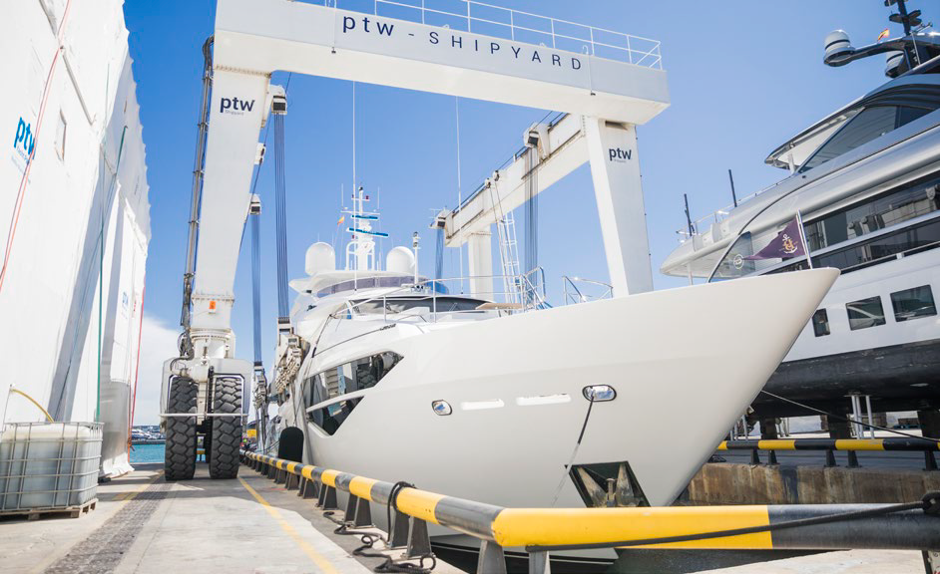
Paint work on yachts is constantly being eroded.Every moment of every day a yacht's paint work is under attack. No matter what body of water it sits in, from the Caribbean to northern Europe, the beautiful paint work is constantly being eroded away by the very nature that surrounds it. Under the waterline algae, plankton and other biological elements are constantly dining out on the top coat, while rain, sodium chloride from salt water and radiation from the sun's UV-A and UV-B rays are flaking away everything above the water surface.
Yachts must be repainted to protect them
While there are ways to reduce the damage, there is no way to remove the danger and so yachts need to be repainted every 4 to 7 years, depending on their cruising grounds. For a yacht the process is painstaking and tedious so when you consider the sheer size of a superyacht then the task at hand goes from laborious to simply monumental. The skill and knowledge required to successfully repaint a superyacht is nothing short of an artform.
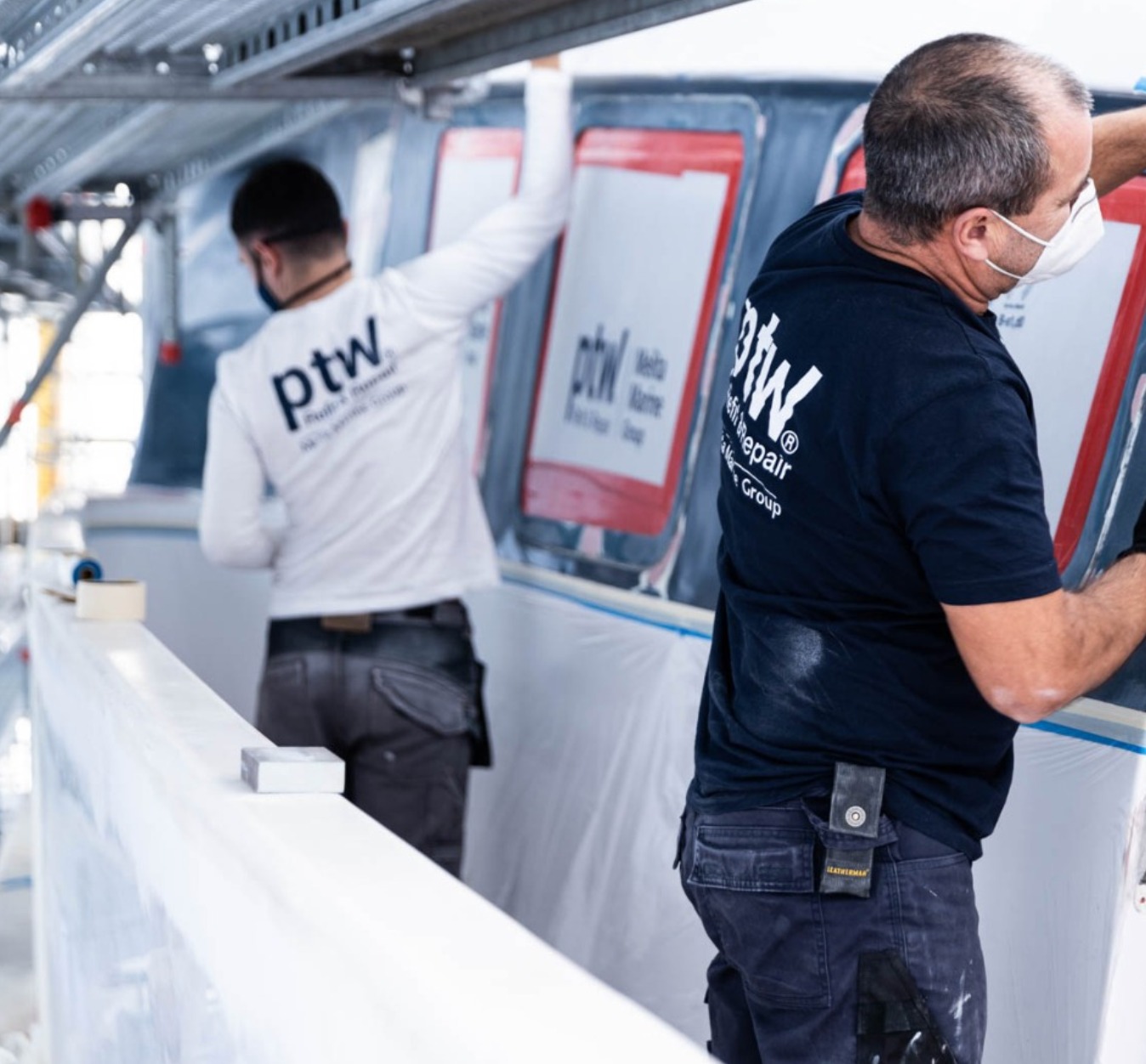
Today's superyacht owners are discerning clients with very high standards and when it comes to repaints, nothing less than perfection is acceptable. Their multi million euro superyachts are high end items with high maintenance demands that warrant only the very best in upkeep. It stands to reason, they are paying big money, so expecting the best is not unreasonable.
When we spoke to the talented paint team and project managers at ptw Shipyard, they did not disagree with these owner demands. However, when they explained to us the process of how they achieve this top quality paint finishfor their clients, the magnitude of the project became acutely clear.
The challenge of painting superyachts is in the details.
The complexity involved in painting a superyacht, they explained, comes not so much from its size but more in maintaining a high and consistent standard across its entire large surface. When you consider the number of different factors that can cause issues for a perfect result, it's incredible to see examples of the high quality repaints the shipyard has achieved over the years and it's no surprise that they have built a solid base of loyal customers who have been impressed by the quality of their craftsmanship.
The intricacies of the project are with the paint itself, and this might surprise you when you learn that every major paint supplier provides thorough and proven recommendations regarding the application of the paint with every quantity purchased.
These technical directions include very precise instructions such as surface preparation, application and curing conditions, film thickness and overcoat times. You can even request a certificate of conformity, listing all the test results of the batch you have received to prove its consistency. So why, you might ask, is it so difficult to achieve perfect results?
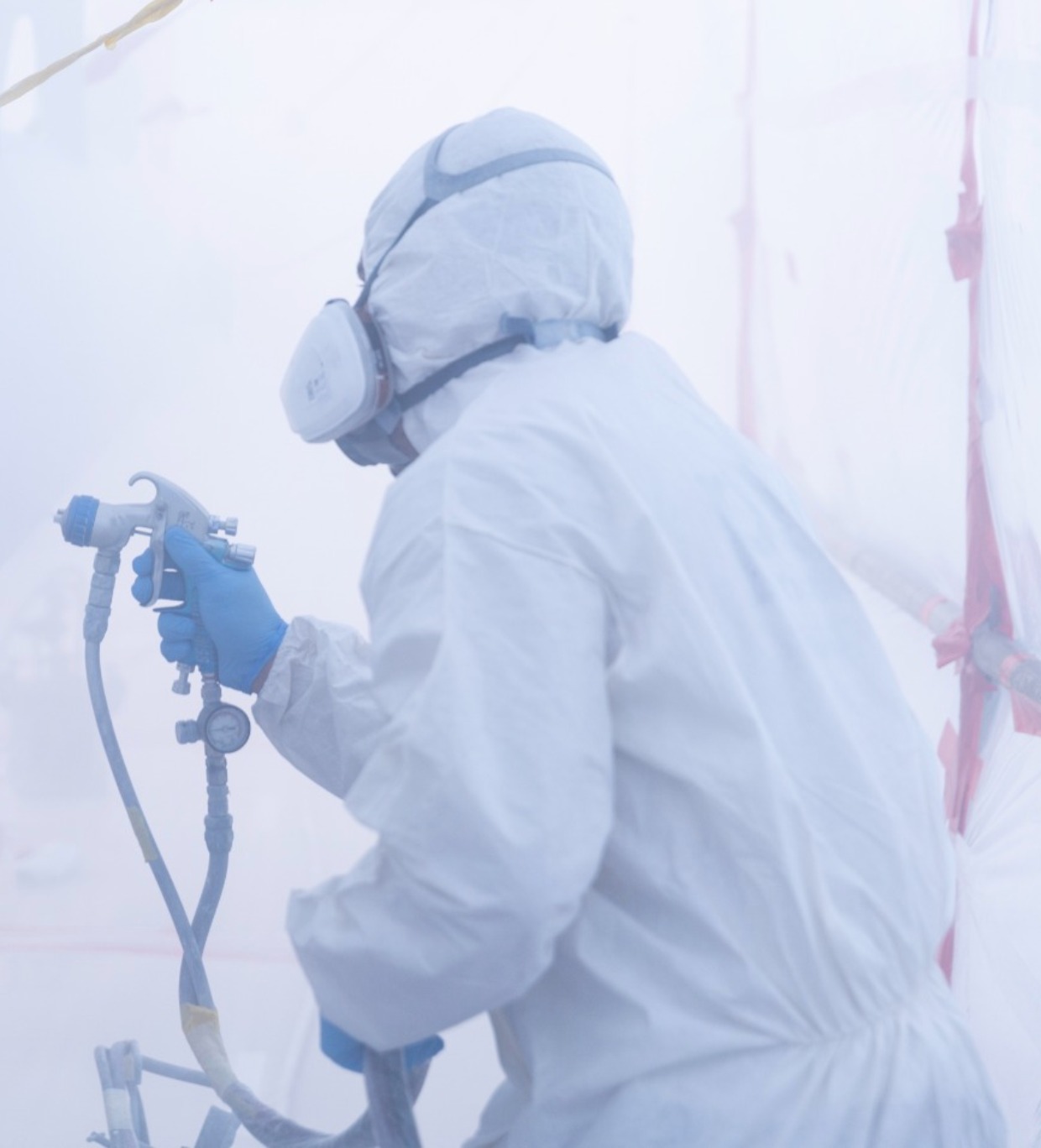
The simple answer is those precise instructions themselves. These technical specifications are all based on results produced in laboratory conditions, where every aspect of the application is controlled and is without change. The reality of painting a superyacht is very different which can easily lead to unexpected changes in the paint and how it performs.
Re-painting a superyacht takes months and a team of specialists. Trying to keep the exact same identically rigid application across different weather conditions and people is not an easy task. To add to the stress, work contracts with the owner agree that the project will be completed to the paint manufacturers specifications. In addition, a level of standard is a subjective thing, it's a person's opinion so often exacting standards can be a debatable concept.
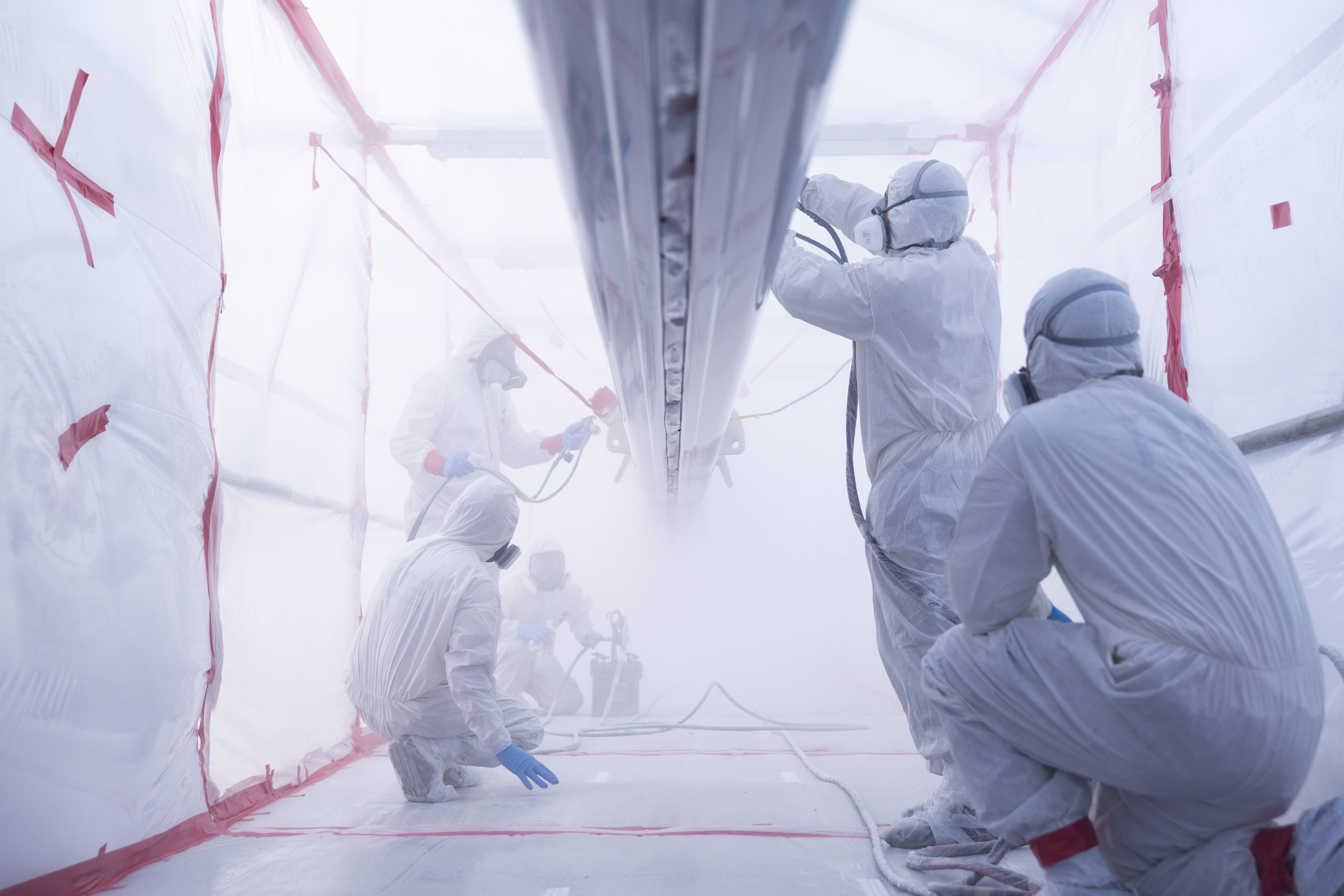
How ptw Shipyard achieves top class results.
To ensure a perfect finish every time ptw Shipyard yacht painting specialists and project managers take a comprehensive and trusted approach to each new project. Each step has been thoroughly tested and approved to protect the integrity of the painting process and secure a high quality finish so date-driven inspections are used through every phase of the painting project.
Tracking every step to avoid issues is important.
Before any work starts on the yacht, the detailed process of documenting the project begins with specification, criteria of acceptance, guarantees and claim system all being agreed and signed off by the owner. This is the first step in a systematic process that continues until the project is complete. Paint is a fickle formula that can change with little or no notification, therefore teams must keep impeccable records of each and every phase so workflow records every single step, task and drying time from beginning to end, creating a detailed history of the project so as to avoid any future problems.
Assessing the boat at every stage guarantees a reflective finish.
The hull is stripped back to the substrate layer and thoroughly examined to detect the presence of any contaminants, which are removed before sandblasting and grinding can begin. Once the hull is completely clean it is analysed and evaluated for cleanliness and presence of dust before primer can be applied. The work is methodical, to an ISO standard and every step adheres to the manufacturer’s specifications.
ISO standard procedures guarantee top quality results.
The mix of the primer is appraised and its application evaluated after which the hull is inspected for the presence of imperfections and a dry film thickness (DFT) measurement is carried out to determine the durability of the coating system. The subsequent filler layer is evaluated for hardness, thickness and the presence of air pockets, and any defects or irregularities are corrected with fine filler. As the finishing primer is highly sensitive to sanding profiles and any deep sanding scratches can affect the proper adhesion of the intercoat and the final application of the topcoat the surface is inspected and assessed for dry film thickness (DFT). The topcoat is firstly analyzed for the presence of orange peel and brightness and is followed by a distinctness of Image (DOI) appraisal which is a measure of how crisp and sharply a reflected image, such as gloss paint, appears. Its surface also undergoes a visual inspection to detect the existence of defects from sanding marks, runs, integrated dust, low brightness areas or visible cut lines from sections that were removed and replaced. Only then is the project complete.
Taking pride in what you do.
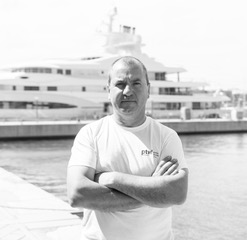
This intense effort is a labor of love for the ptw Shipyard yacht painting specialists, the pride they take in a job well done is evident in the top quality work they produce.
These stunning superyachts are well worth their immense efforts and the clear reflection of the water in their brilliant newly painted hull is reward enough for them.
Manolo González
Head of Yacht Paint at ptw Shipyard
Contact ptw Shipyard on this link.


